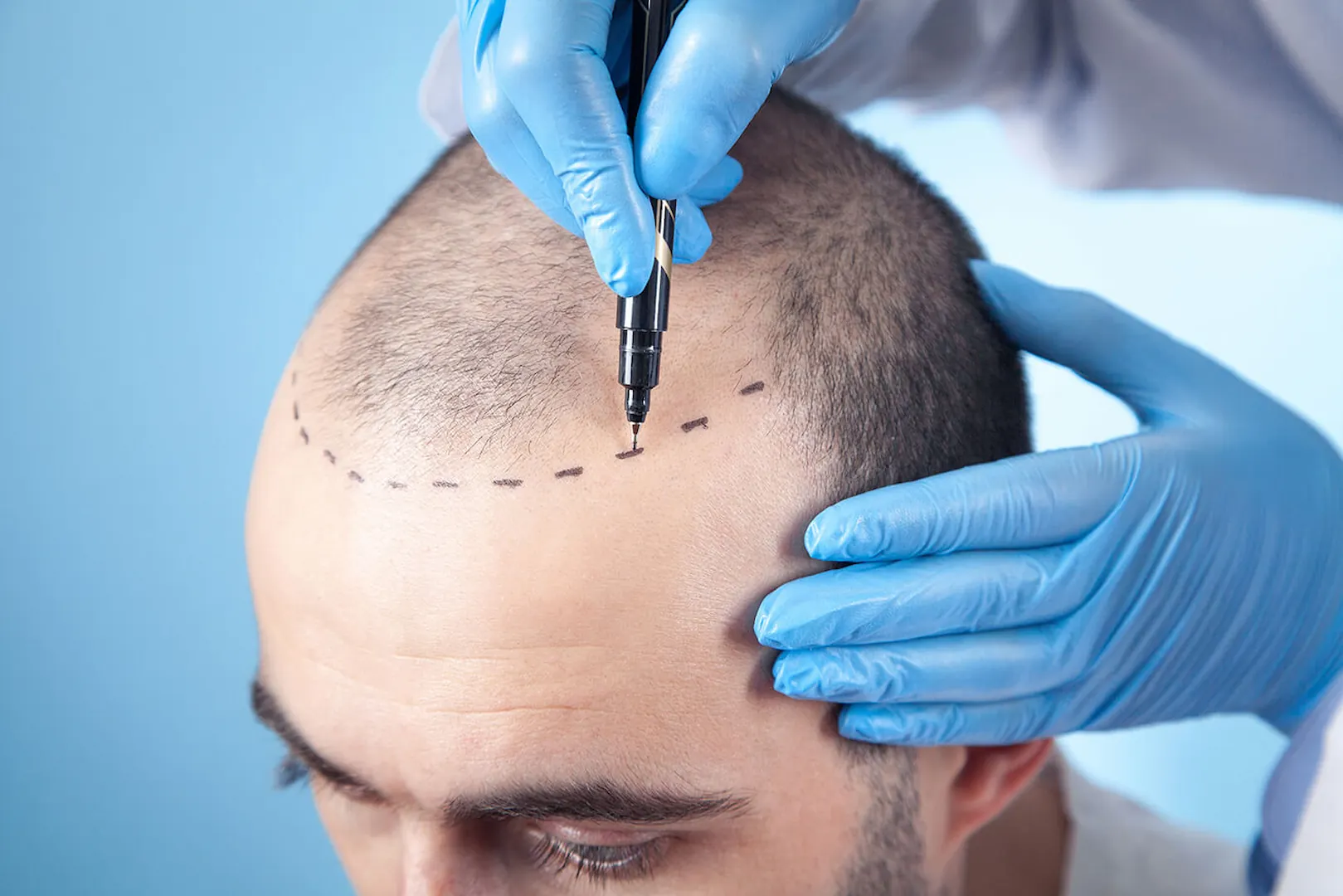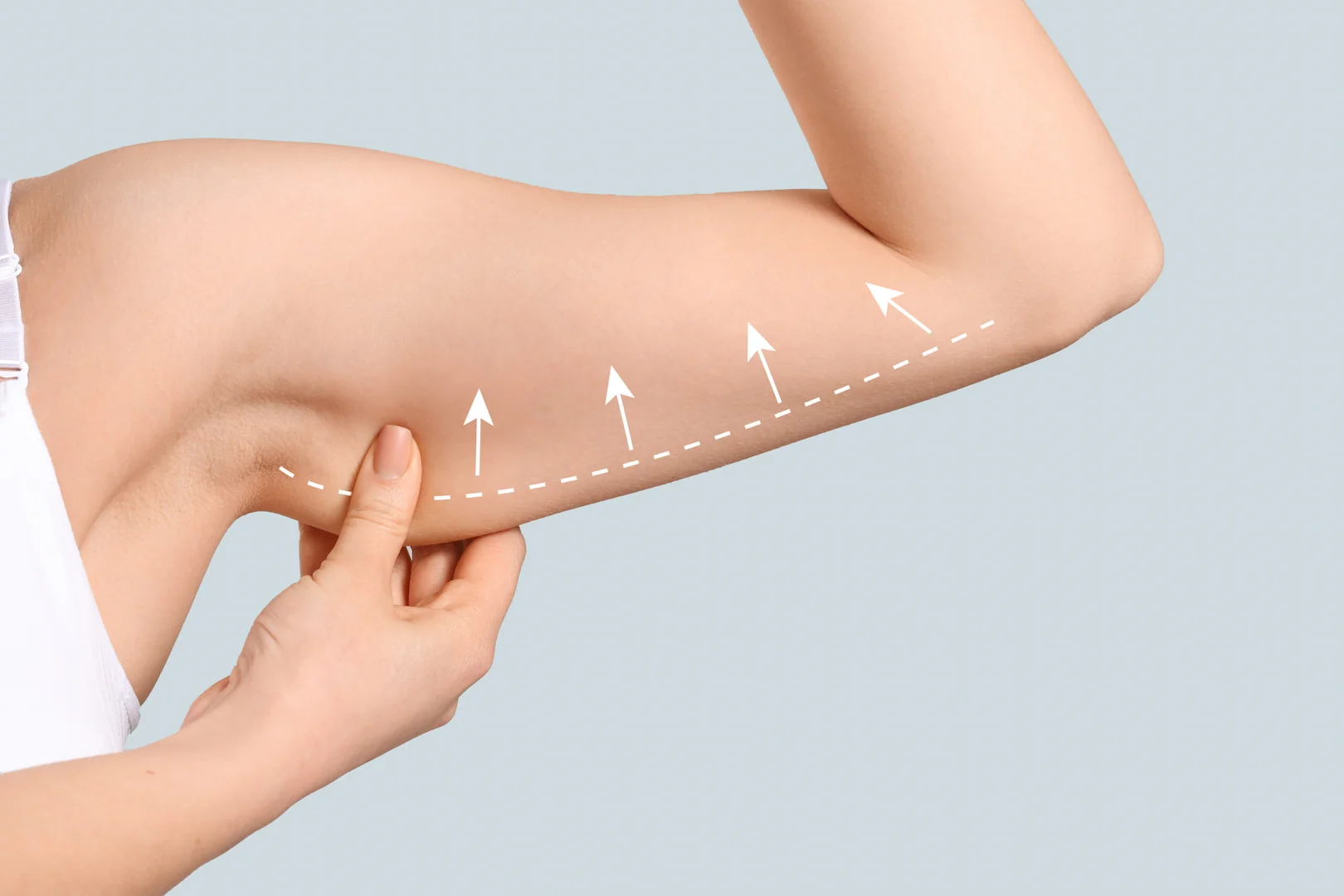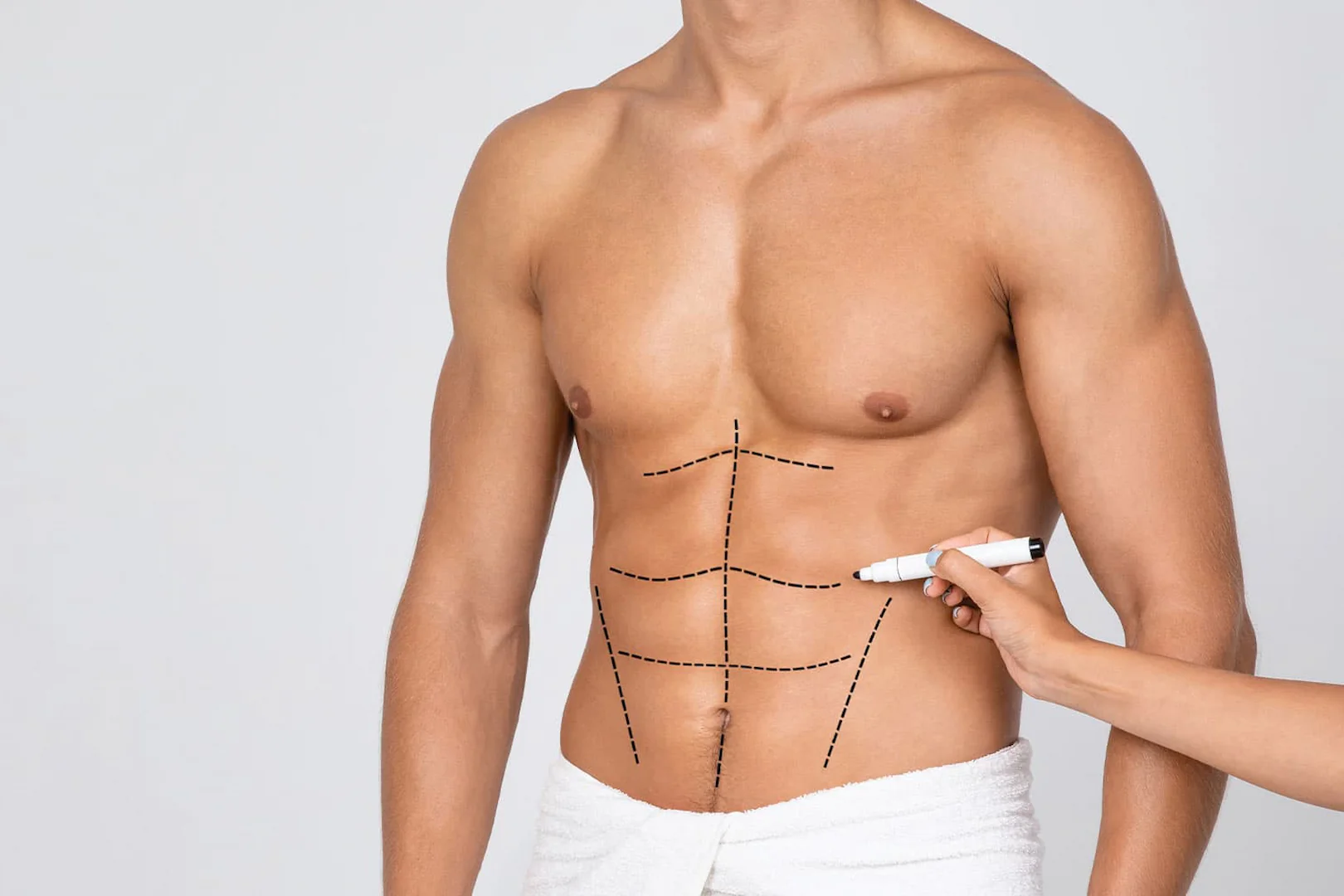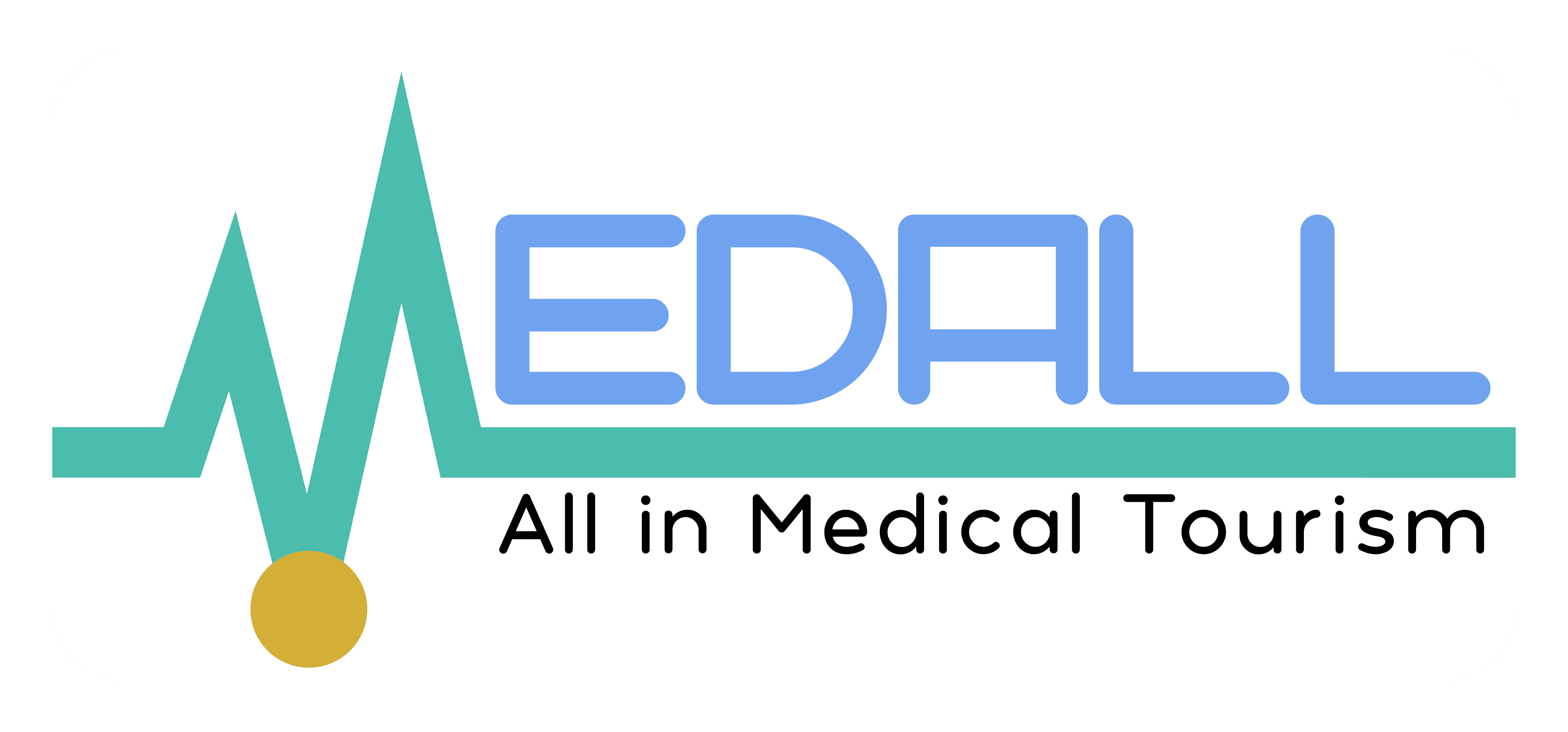Surgical Time
1-3 hours
Anesthesia
General
Recovery
1-4 weeks
Hospital Stay
Outpatient to 3 days
Total Stay
5-14 days
Back to Work
1-3 weeks
Ear & Reconstructive Facial Surgery in Iran:
Restoring Form, Function, and Confidence
Our facial features, including the ears, play a significant role in our overall appearance and self-perception. For individuals born with facial differences, or those whose ears protrude more than desired, these unique characteristics can sometimes lead to self-consciousness or even functional challenges. Ear and reconstructive facial surgeries offer profound opportunities to address these concerns, harmonizing facial features and restoring both form and function. Iran has cultivated a strong reputation in these specialized fields, with highly skilled plastic and maxillofacial surgeons who combine intricate surgical precision with compassionate care. This comprehensive article delves into the various types of ear and reconstructive facial surgeries available in Iran, exploring the specific conditions they address, the meticulous steps involved, and the supportive journey patients can expect towards renewed confidence and well-being.
Understanding Ear & Reconstructive Facial Surgery
Ear and reconstructive facial surgery encompass a vital branch of plastic surgery dedicated to correcting deformities, whether congenital (present at birth) or acquired (due to trauma, disease, or previous surgery), affecting the ears and other facial structures. While cosmetic enhancement is often a goal, a primary focus of reconstructive surgery is to restore normal appearance and function, allowing individuals to live more comfortably and confidently. These procedures require a deep understanding of facial anatomy, meticulous planning, and highly specialized surgical skills to achieve natural-looking and functional results.
Conditions Addressed by Ear & Reconstructive Facial Surgery in Iran
Patients seek ear and reconstructive facial surgery in Iran for a variety of concerns, ranging from common aesthetic issues of the ears to complex congenital facial anomalies:
Ear-Related Concerns (Otoplasty)
- Prominent or Protruding Ears: Ears that stick out significantly from the head, often leading to self-consciousness, particularly in children.
- Ear Asymmetry: Differences in the size, shape, or projection of the two ears.
- Ear Deformities: Various congenital ear malformations (e.g., Stahl’s ear, cryptotia, constricted ear) or deformities resulting from injury.
- Macrotia: Abnormally large ears.
Congenital Facial Anomalies (Cleft Lip & Palate)
- Cleft Lip: A birth defect involving a split or opening in the upper lip, which can range from a small notch to a complete separation extending into the nose.
- Cleft Palate: A birth defect involving an opening in the roof of the mouth (palate), which can affect speech, feeding, and hearing.
- Combined Cleft Lip and Palate: When both conditions are present.
Other Reconstructive Facial Needs (Broader Context)
While the focus of this article is Otoplasty and Cleft Lip/Palate, reconstructive facial surgery broadly also addresses:
- Facial trauma (e.g., fractures, lacerations)
- Facial defects after cancer removal
- Facial paralysis
- Scar revision
Types of Ear & Reconstructive Facial Surgery in Iran (Detailed Overview)
Iranian surgeons are highly skilled in performing delicate and complex ear and reconstructive facial procedures, offering tailored solutions that prioritize both aesthetic harmony and functional restoration.
Otoplasty (Ear Surgery) in Iran
Otoplasty, commonly known as ear pinning or ear reshaping surgery, is a cosmetic procedure that corrects prominent or misshapen ears. It aims to bring the ears closer to the head, reduce their size, or reshape cartilage to create a more natural and proportionate appearance. This surgery is often performed on children (typically after age 5-6 when ear growth is largely complete) as well as adults.
Procedure Overview
- Consultation & Planning: Assessment of ear prominence, shape, and symmetry. Discussion of desired ear position and contour.
- Anesthesia: Often performed under local anesthesia with sedation for adults, or general anesthesia for children.
- Incision: Typically, an incision is made discreetly on the back surface of the ear, making the scar virtually invisible.
- Cartilage Reshaping: The surgeon reshapes the ear cartilage using various techniques. This may involve:
- Suturing Techniques: Placing permanent sutures to create or enhance the antihelical fold (the inner fold of the ear) and pull the ear closer to the head.
- Cartilage Scoring/Removal: Gently scoring or removing small amounts of cartilage to allow it to bend into a more desired shape.
- Closure: Incisions are closed with sutures, and a soft dressing or head bandage is applied to protect the ears and maintain their new position during initial healing.
Indications for Otoplasty
Prominent or “bat” ears, excessively large ears (macrotia), ear asymmetry, or other congenital ear deformities that cause self-consciousness or social distress.
Cleft Lip & Palate Repair in Iran
Cleft lip and cleft palate are among the most common birth defects, affecting the formation of the lip and/or the roof of the mouth. Surgical repair is a multi-stage process that not only restores physical appearance but also significantly improves vital functions like feeding, speech, and hearing. Iranian plastic surgeons are highly experienced in these complex reconstructive procedures, often working as part of a multidisciplinary team.
Procedure Overview (Staged Approach)
- Anesthesia: Always performed under general anesthesia, especially given the young age of most patients.
- Cleft Lip Repair (Cheiloplasty):
- Timing: Typically performed when the baby is around 3-6 months old (following the “Rule of 10s”: at least 10 weeks old, 10 pounds in weight, and 10g/dL hemoglobin).
- Technique: The surgeon makes precise incisions to bring the muscle, skin, and mucous membrane of the lip together, closing the gap and creating a natural-looking lip shape and Cupid’s bow. The nose may also be partially reshaped during this initial surgery.
- Cleft Palate Repair (Palatoplasty):
- Timing: Usually performed when the child is between 9-18 months old, before speech development is fully underway.
- Technique: The surgeon closes the opening in the roof of the mouth by repositioning and stitching together the tissues of the palate. This creates a functional palate that allows for proper feeding and speech development, and helps prevent ear infections.
- Secondary Procedures (if needed): Additional surgeries may be required later in childhood or adolescence to refine lip or nose shape, improve speech, or address dental/jaw issues.
Indications for Cleft Lip & Palate Repair
Infants and children born with congenital cleft lip, cleft palate, or both. Early surgical intervention is crucial for improving feeding, facilitating normal speech development, preventing ear infections, and enhancing facial aesthetics.
Pre-Procedure Evaluation and Planning in Iran
A meticulous pre-procedure evaluation is paramount for all ear and reconstructive facial surgeries, ensuring patient safety, optimal functional outcomes, and aesthetically pleasing results. This comprehensive process typically includes:
Detailed Consultation with a Specialist
An in-depth discussion of your (or your child’s) specific concerns, aesthetic goals, and any functional issues. The surgeon will take a thorough medical history, including any previous surgeries, and assess overall health. For children, parental concerns and expectations are a primary focus.
Comprehensive Facial and Ear Examination
The surgeon will carefully examine the ears, nasal passages, lip, palate, and overall facial symmetry. This includes assessing cartilage structure, skin quality, and the extent of any deformity. For cleft patients, evaluation by a multidisciplinary team (plastic surgeon, ENT, speech therapist, orthodontist) is common.
Advanced Imaging and Documentation
Standardized digital photographs from various angles are taken. For complex cases, 3D imaging, CT scans, or dental impressions may be used for precise surgical planning and to help visualize potential outcomes. For cleft repair, detailed records are kept to track development.
Discussion of Techniques, Risks, and Staged Approach
The surgeon will explain the specific surgical techniques recommended, incision placements, and the expected recovery process. For cleft repair, the multi-stage nature of treatment over several years will be clearly outlined. Potential risks, complications, and realistic outcomes are discussed transparently.
Pre-operative Instructions
You will receive precise instructions on how to prepare for surgery. This includes guidelines for medication adjustments, fasting instructions, and specific care instructions for children (e.g., ensuring they are healthy before surgery).
The Ear & Reconstructive Facial Surgery Procedure in Iran (General Principles)
While the specific steps and complexity vary significantly between Otoplasty and Cleft Lip/Palate repair, some general principles apply to these specialized facial surgeries:
Anesthesia
Otoplasty is often performed under local anesthesia with sedation for adults, or general anesthesia for children. Cleft lip and palate repairs are always performed under general anesthesia due to the patient’s age and the complexity of the procedure.
Surgical Precision and Artistry
Surgeons utilize highly specialized instruments and meticulous techniques to reshape cartilage, repair tissues, and close defects. The goal is not just functional correction but also to achieve the most natural and aesthetically pleasing result possible, minimizing visible scarring.
Duration of Procedure
The length of surgery varies. Otoplasty typically takes 1.5 to 2.5 hours. Cleft lip repair usually takes 1-2 hours, while cleft palate repair can take 2-3 hours. Complex or revision cases may take longer.
Immediate Post-Procedure Care
After Otoplasty, a protective head bandage or dressing is applied to support the new ear shape. For cleft repair, careful monitoring for breathing and feeding is crucial, and specific wound care instructions are given. Pain management is a priority for all patients.
Post-Operative Care and Recovery in Iran
Diligence in following post-operative instructions is critical for optimal healing, minimizing complications, and achieving the best possible long-term results from ear and reconstructive facial surgeries:
Pain Management
Prescribed pain relievers will be used to manage discomfort, which is typically mild to moderate after otoplasty and managed effectively for cleft repair patients.
Swelling and Bruising
Swelling and bruising are expected. For otoplasty, these are primarily around the ears. For cleft repair, swelling will be around the lip/mouth area. Applying cold compresses (as advised) helps reduce these. Most visible bruising resolves within 2-3 weeks, but subtle swelling can linger longer.
Dressings and Splints
For otoplasty, a head bandage is worn for the first few days, followed by a lighter headband for several weeks (especially at night) to maintain the new ear position. For cleft repair, specific dressings or careful cleaning of the incision sites are crucial.
Activity Restrictions
Avoid strenuous activities, contact sports, and activities that could put pressure on the ears or face for several weeks to months. For cleft repair, careful feeding techniques are essential to protect the surgical site.
Wound Care and Scar Management
Detailed instructions will be provided for cleaning incision lines. For all procedures, scar management (e.g., massage, silicone sheets) may be recommended once incisions are healed to optimize scar appearance over time.
Follow-Up Appointments and Multidisciplinary Care
Regular follow-up visits with your surgeon are essential to monitor healing. For cleft patients, ongoing follow-up with a multidisciplinary team (plastic surgeon, speech therapist, orthodontist, ENT) is crucial throughout childhood and adolescence to address speech, dental, and facial growth needs.
Timeline for Results
For otoplasty, the new ear shape is immediately apparent after bandage removal, but final results settle over several months. For cleft repair, initial results are seen after surgery, but the full aesthetic and functional outcomes (especially speech) evolve over years with ongoing therapy and potential secondary procedures.
Ear & Reconstructive Facial Surgery in Iran: What to Expect
Choosing Iran for ear and reconstructive facial surgery offers distinct advantages for patients:
Highly Skilled and Specialized Surgeons
Iranian plastic surgeons, particularly those with expertise in craniofacial surgery and pediatric plastic surgery, are renowned for their intricate skills in ear reshaping and complex cleft lip/palate repair. They combine technical mastery with an artistic eye.
Modern Medical Facilities
Hospitals and specialized clinics in Iran are equipped with state-of-the-art operating rooms, advanced diagnostic tools, and dedicated pediatric facilities for younger patients, ensuring high standards of safety and care.
Comprehensive and Multidisciplinary Approach
For complex conditions like cleft lip and palate, Iranian centers often employ a multidisciplinary team approach, involving plastic surgeons, oral and maxillofacial surgeons, orthodontists, speech therapists, and ENT specialists, ensuring holistic care.
Cost-Effectiveness
The cost of ear and reconstructive facial surgeries in Iran is significantly more affordable compared to equivalent procedures in many Western countries, making world-class specialized care accessible.
Compassionate Patient and Family Support
Many clinics provide comprehensive support services for international patients and their families, including multilingual staff, patient coordinators, and assistance with travel logistics, ensuring a supportive and reassuring experience, especially for parents of young patients.
Choosing a Surgeon and Clinic for Ear & Reconstructive Facial Surgery in Iran
Selecting the right surgeon and clinic is paramount for a successful and safe ear or reconstructive facial surgery journey. Consider the following key factors:
Surgeon’s Specialization and Experience
Choose a board-certified plastic surgeon, particularly one with specialized training and extensive experience in otoplasty, or for cleft repair, a craniofacial or pediatric plastic surgeon. Review their professional background and number of successful cases.
Portfolio of Before-and-After Photos
Carefully examine the surgeon’s portfolio of before-and-after photos, paying close attention to cases similar to your (or your child’s) condition. This helps assess their aesthetic style, their ability to create natural-looking results, and their consistency.
Patient Testimonials and Reviews
Seek out reviews and testimonials from previous patients, especially those who underwent similar ear or reconstructive procedures, to gain insights into their overall experience with the surgeon and clinic, including communication and post-operative care.
Thorough Consultation Process
An in-depth consultation is essential. The surgeon should attentively listen to your concerns, perform a detailed examination, explain the specific procedure, discuss realistic outcomes and potential risks, and answer all your questions comprehensively and empathetically.
Clinic Standards and Multidisciplinary Support
Verify that the clinic or hospital is reputable, adheres to high standards of hygiene and safety, and is equipped with modern surgical technology. For complex cases like clefts, ensure they offer a robust multidisciplinary team approach.
Post-Operative Support and Communication
Assess the level of post-operative care and follow-up support provided. Clear communication channels, especially for international patients, are vital throughout the recovery process.
Conclusion
Ear and reconstructive facial surgery in Iran offers a profound pathway to correcting congenital or acquired deformities, restoring both aesthetic harmony and vital function. With highly skilled plastic and maxillofacial surgeons, advanced medical facilities, and a deep commitment to comprehensive patient care, Iranian clinics provide exceptional solutions for otoplasty and cleft lip/palate repair. By carefully researching options and choosing a reputable specialist, patients can embark on a transformative journey, embracing a more confident and comfortable life.











